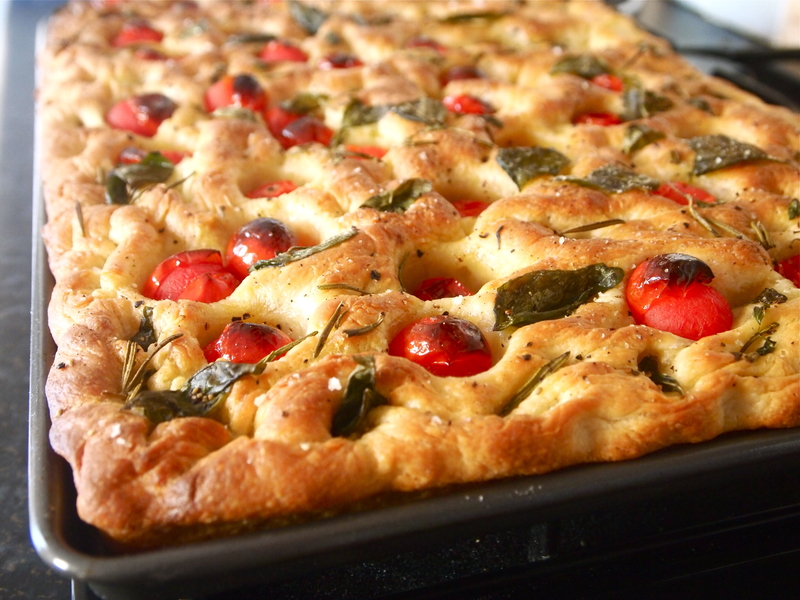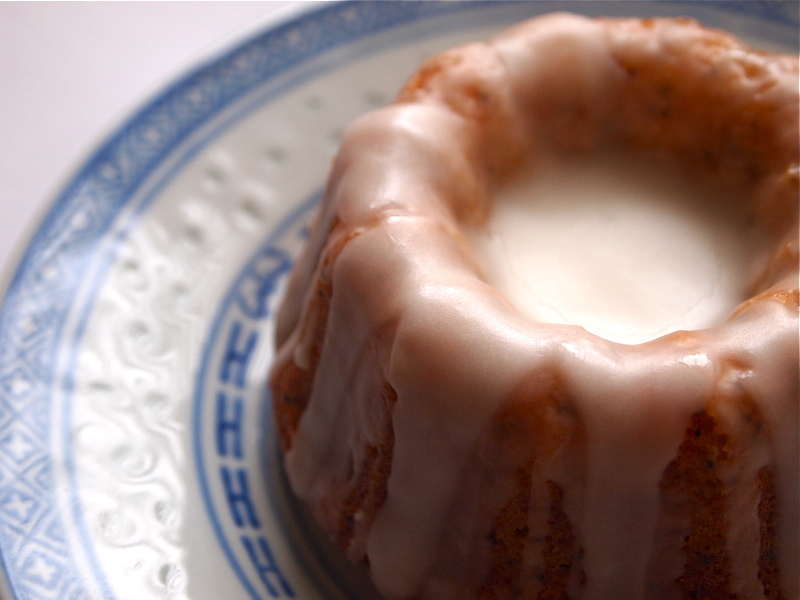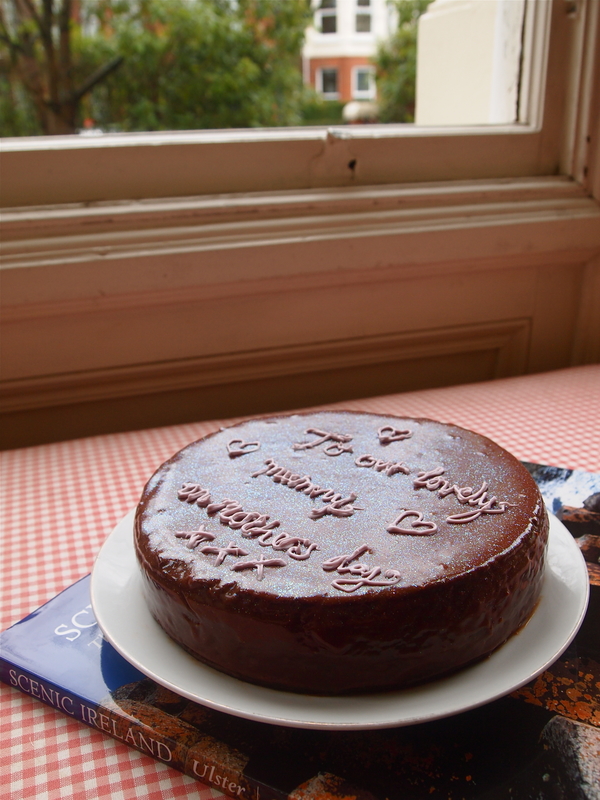There are very few smells I can think of that can compete with the wonderful aroma of freshly baked bread. It’s nice how something so simple, which uses only a few basic ingredients, can produce one of life’s greatest comfort foods and make a house feel so homely. I find it to be a very satisfying thing to make and really enjoy each stage of the process, from the therapeutic kneading of the dough to seeing it rise into a gloriously billowing pillow of puffiness. Try that for a tongue twister!
Reading an article from The Independent, it would seem that the aroma of freshly-baked bread has even more than just the power to make your mouth water. According to a new study carried out by the University of Southern Brittany in France, it can also make you a kinder person! They found that shoppers were more likely to alert a random passerby that they had dropped a belonging if, at the time, they were also passing a bakery, filling the air with the sweet scent of fresh bread. Who would have thought that something as simple as the humble loaf would lead to a greater degree of altruism in strangers?
On a whole, I don’t actually buy a huge amount of bread, which is why I enjoy taking time out to make my own on days when there’s nowhere I’d rather be than in the kitchen. I quite relish time spent pottering about in my kitch! There’s also so many types of bread to choose from, but this time around I was in the mood for nothing other than a really tasty focaccia, laden with lots of good extra virgin olive oil, sweet cherry tomatoes, basil and rosemary.
Tomato, Basil & Rosemary Focaccia –
Adapted from ‘Jamie’s Kitchen’
(Make 2 big breads or one HUGE one!)
30g fresh yeast / 3 x 7g sachets or 21g dried yeast
30g honey or sugar
625ml / just over a pint of tepid water
1kg / 2.2lb strong bread flour
30g maldon salt / 15g fine sea salt
Topping
500g / about 1lb flavourful cherry tomatoes
10 Tablespoons / 150ml extra vigin olive oil
a big handful of fresh basil leaves
a stalk of rosemary, leaves chopped
maldon salt & freshly ground black pepper
some extra flour for dusting
Method
Dissolve the yeast and honey or sugar in half of the tepid water.
Add the salt to the flour and tip onto a clean surface or into a large bowl. Make a well in the centre and pour in all the dissolved yeast mixture. With one of your hands, use a circular motion to combine the two, starting in the centre and moving outwards until all the liquid has been soaked up. Pour the other half of the tepid water into the centre and gradually incorporate all the flour to create a moist dough. (Certain flours may need a little more water depending on what brand you’re using, or even due to varying degrees of humidity in the atmosphere, so if you think it looks a bit too dry don’t be afraid to adjust the quantities! Trust your own judgement!)

Now it’s time to get kneading. My favourite! This is also a very important stage when making most types of yeasted breads, as it is this stretching and folding technique which develops the gluten and structure of the dough, giving it the desired lovely springy texture.
Firstly, dust the work surface with a little flour and begin pushing and folding the dough with the heel of your hand, maybe even giving it a slight turn every now again. You want to keep doing this for about 10 minutes until the dough feels nice and smooth. A telltale sign that you’ve kneaded enough is if you press your finger gently into the dough it should spring right back again.
Flour both of your hands and lightly flour the top of the dough as well. Make it into a roundish shape, place it on a large baking tray and make a deep score in it with a sharp knife. This will allow it to relax and prove with ease until it has doubled in size. Cover the dough loosely with clingfilm or plastic wrap and leave it for about 45 minutes, ideally in a warm, draught-free place.
Whilst it’s proving, put the cherry tomatoes into a bowl and cover with all of the olive oil.
Once your dough has proved and doubled in size, knock all the air out of it then put it onto a floured surface. At this point it’s up to you whether you want to make a really large focaccia or two smaller ones. I opted for one big one this time, but to be honest, unless you have a pretty huge baking tray I’d probably suggest making a couple of smaller ones. My baking tray just about fit into the oven and also just about held all the dough. Any smaller tray and you’re liable to have olive oil all over your oven! Definitely not a fun job to clean up after!
Flatten the dough out until it’s about 2.5cm / 1 inch thick and transfer it onto a floured baking tray. Push it right out to the corners so that it completely fills the tray. Pour over the tomatoes and all the olive oil, then sprinkle over the basil which you can tear up a little with your fingers as well as the chopped rosemary. Push your fingers through the dough, almost to the bottom of the tray, making indentations across the whole thing. The purpose of doing this is so that you get nice little pools of olive oil which the bread will soak up during cooking and, therefore, make it taste incredible. It also gives the focaccia it’s trademark dimpled good looks!


Leave to prove again for about half an hour or until it has doubled in size, then sprinkle it with the flaky maldon sea salt and black pepper.
Carefully place it into an oven preheated to 220°C/430°F for about 20-25 minutes, until the bread is crisp and golden on top and soft in the middle. Drizzle with a little more extra virgin olive oil once you take it out of the oven.

• Focaccia is an indispensable bread to have in your repertoire because it lends itself so well to a myriad of different toppings. Use anything from olives, to anchovies, red onions, to garlic or deliciously sweet roasted peppers. Make whatever takes your fancy!
• This recipe can be made vegan by simply using sugar instead of honey.
• Nigel Slater made some good suggestions about what to pair with leftover focaccia in an article he wrote for The Observer:
“The next day, most hearth breads are still edible, but even the proudest home baker will concede they have lost their initial temptation. This is the point at which I split them through the middle, toast them lightly, and stuff them with whatever is appropriate or to hand. Cheeses, the more squidgy and milky the better; little hillocks of salad leaves; sun-dried tomatoes (for once in the right place); sexy spreads of crushed olives and anchovy; casual folds of parchment-fine ham; fat-bespeckled salami. A good lunch yesterday was a piece of taleggio and some mashed olives trapped between two slices of the day before’s bread, grilled not until the cheese was golden, but just until it starts to slide.
The bread’s last incarnation came this morning, torn into rough nuggets and dumped at the bottom of a couple of deep soup bowls. I covered it with a ladle or two of steaming chicken stock, a handful of shredded, blanched spring greens (so bright, so full of life) and a further trickle of olive oil. My bread was used down to the last juicy, salty crumb.”
Yes I know, there’s just so many options!
But if push comes to shove, I’ve got two words for you… sexy spreads.
















